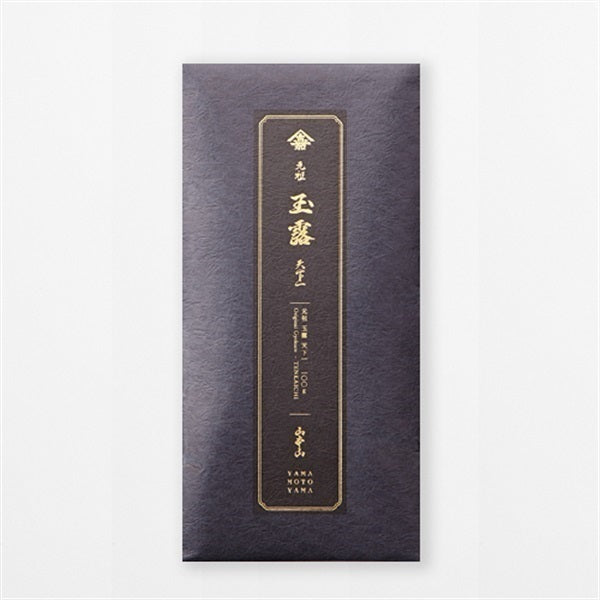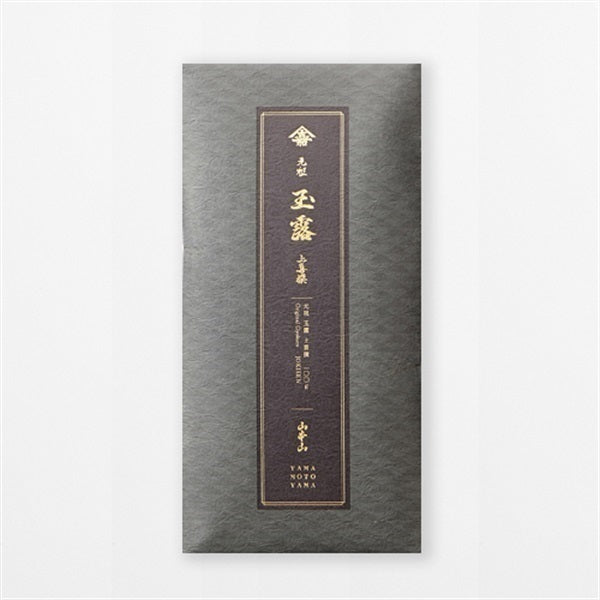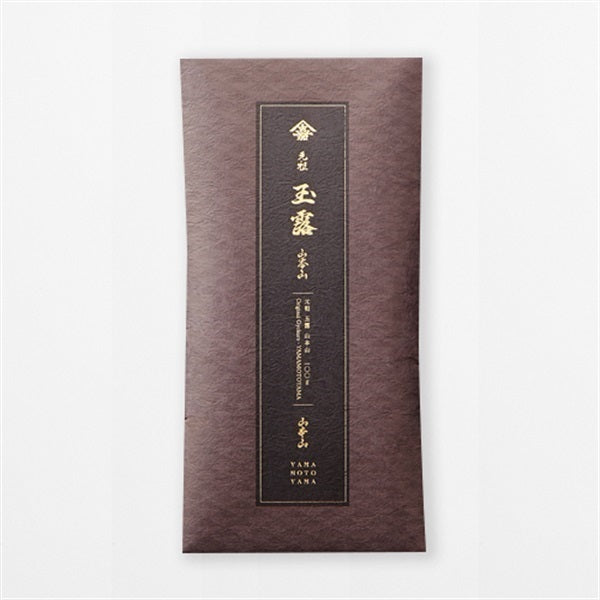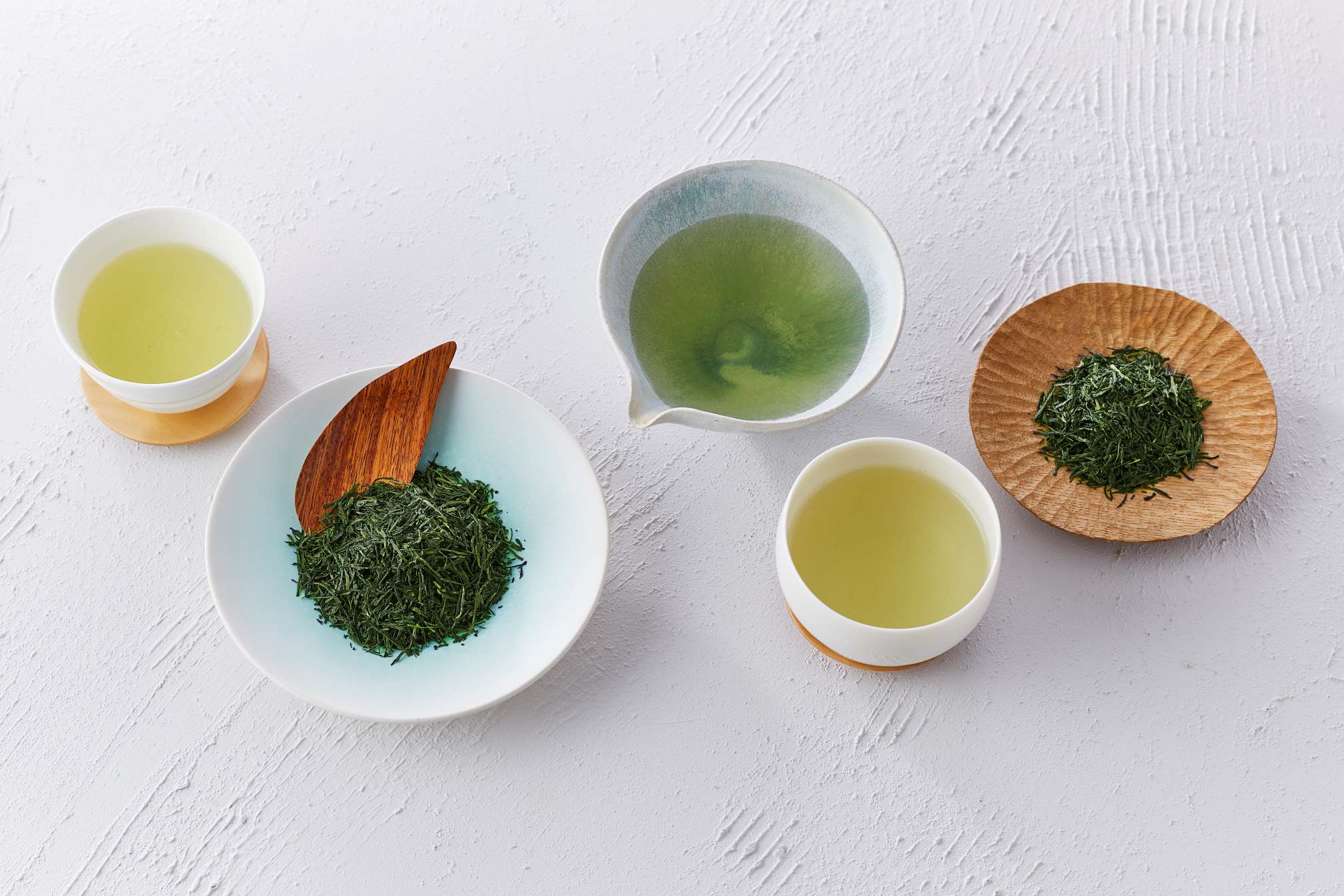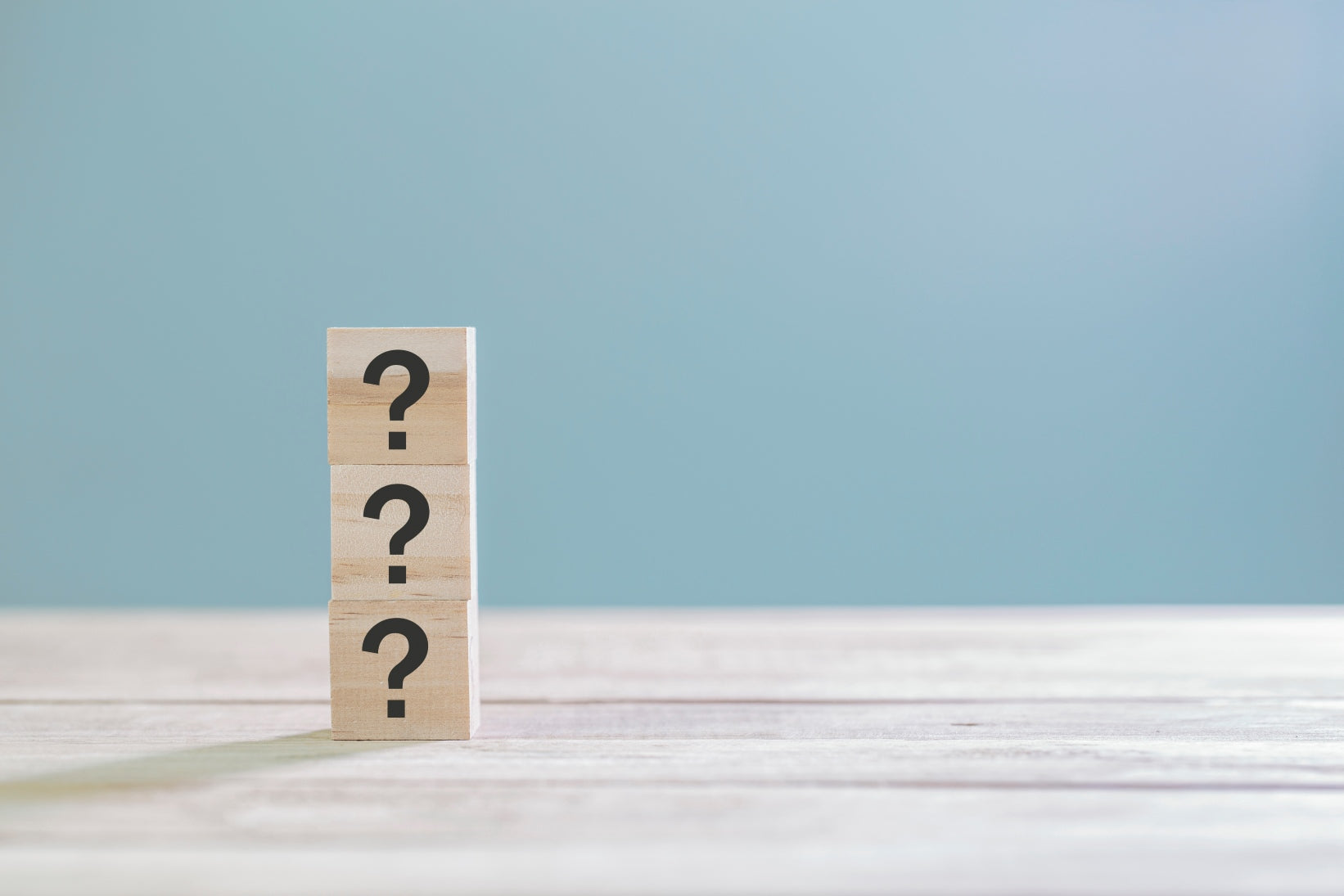
Which is correct, cha or cha? A thorough explanation of how to use them
The words "cha" and "cha" both seem to refer to "tea," but did you know that there is actually a subtle difference in how they are used?
In the past, both the tea trees growing in the fields and the tea made by processing them were written as "tea."
However, as academic research progressed and the need arose to clearly distinguish between plants and products, the different labels began to be used around the 1970s.

Nowadays, it is common to refer to the plant planted in fields as "cha" and the products manufactured in tea factories as "cha."
However, even when referring to a plant, kanji is used when used in compound words, such as "tea tree" or "tea leaves."
By the way, many people pronounce "cha leaves" as "chaba," but the correct pronunciation is "chayo." 
Now, from an economical perspective, tea trees are usually cultivated for about 30 to 50 years.
However, the plant's lifespan is extremely long, and in tea's native Yunnan Province, China, there are giant tea trees that are over 1,000 years old.
Within Japan, there are still many old trees that have survived since the Edo period, testifying to their deep history.
In this way, deep history and culture are hidden within the simple words "tea" and "cha."



